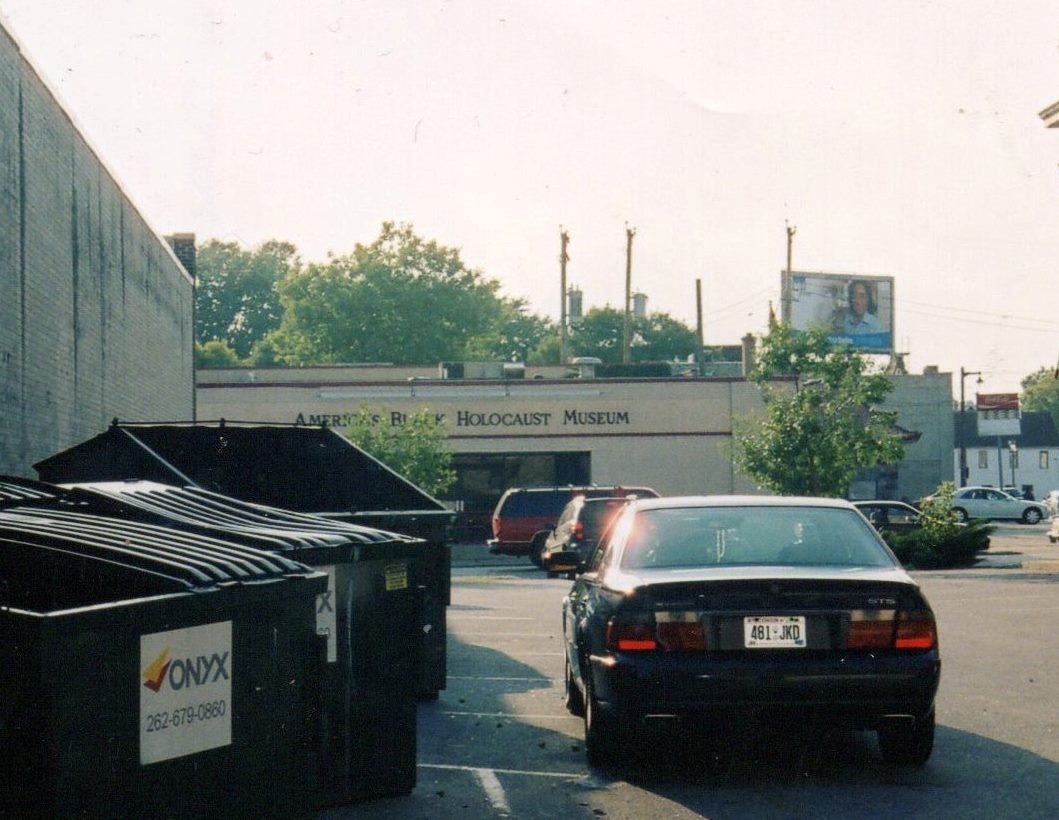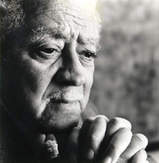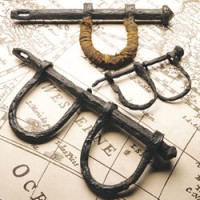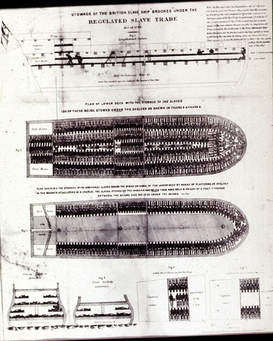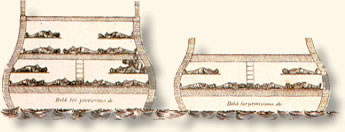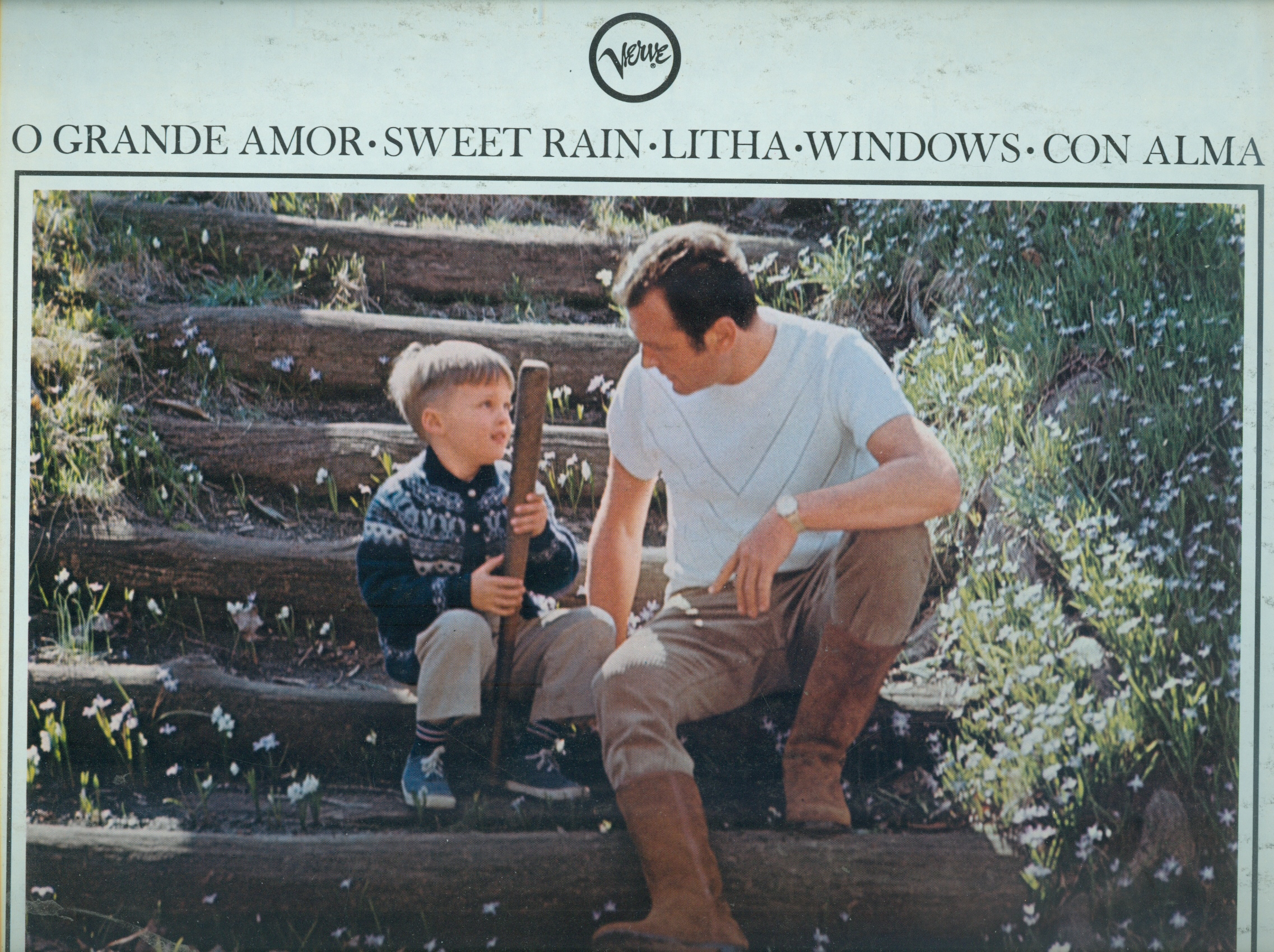
The back cover art of “Sweet Rain,” a 1967 album by Stan Getz.
Record Store Day: Hunt No. 1, Sweet Rain
The sun greeted Earth Day morning 2017 with warm benevolence and I imagined maybe, just maybe, I could “do it all” today, as my dear paraplegic friend Jim Glynn used to say, and amazingly he usually did, despite his disability. My disability is in my upper limbs, so I was up for this.
I wanted to commemorate and honor Earth Day meaningfully and urgently, because of the how the Trump administration now endangers the earth and its inhabitants with their small-minded head-in-the-sand environmental policies. I’d first planned on driving to Madison for the big rally to celebrate The Earth and to decry policies of Trump and Wisconsin Gov. Scott Walker, who has decimated the Department of Natural Resources.
But my girlfriend Ann Peterson and I had plans to drive to West Bend to see a superb photography retrospective of Tom Bamberger at the Museum of Wisconsin Art in the afternoon.
So I decided to skip Madison and join the Riverkeepers to pick up garbage along the Milwaukee River, a waterway I have grown to love more than any, especially the stretch of it right below Kern Park near where I live in the Riverwest. I had taken a photo of that portion of the river, which tries to capture its beauty, power, and the life within, for the cover of my forthcoming book Voices in the River: The Jazz Message to Democracy.

Not my book cover photo, but canoers on the Milwaukee River, seen on the river path just south of Capitol Drive, from an old photo scan. Photo by Kevin Lynch
What complicated and enriched the day was that April 22 was also Record Store Day, and I’m an old record freak. I had tried to get a jump on that by doing my record store mining the day before, because the crowds on Record Store Day descend on the best independent stores like locusts.
I knew The Exclusive Company, on Brady Street and Farwell Ave., had recently purchased one used CD I had fondled several times recently and left behind – because of my tight budget. It was The Beatles’ White Album, a two-disc CD set for $5.99 with a slightly water-damaged lyric pages liner booklet.
But my first strategic stop the day before Earth Day/Record Store Day was to Bullseye Records, on Irving Street just off of Farwell, also on Milwaukee’s East Side. It’s not nearly as big as Exclusive Company but they’re both great independent record stores. And Bullseye is more lovable, funky but jammed with a high percentage of quality used CDs and LPs and some choice vintage new LPs, including audiophile-quality pressings, classic Blue Notes and choice imports. They also have some dog-eared copies of several classic record guide books, such as the now definitive All Music Guide, sitting in the bin areas, not to mention a friendly and knowledgeable staff.

The music-loving locusts descend upon Bullseye Records on Milwaukee’s East Side okon the annual Record Store Day, a celebration of America’s independent record stores. Photo courtesy of Bullseye Records Home Page/Facebook Page at: https://www.facebook.com/pg/BullseyeRecordsMilwaukee/about/
I wanted a couple of CDs, a good Stevie Ray Vaughan disc, a gap in my collection heretofore, which I covered with The Definitive Stevie Ray Vaughan, on Sony Legacy, though I suspect I will buy more of Stevie Ray in the future. Also I needed to replace my LP copy of tenor sax great Dexter Gordon’s Our Man in Paris, the superbly ingenious recording he made with Bud Powell, the bebop piano icon. I found those both in Bullseye’s CD bins.
Then I noticed a guy pulling out some pretty cool albums from the jazz LP bins. A lot of the albums had been marked with orange dots signifying they were half-price for Record Store Day weekend. Although I admired his choices, I realized that this hipster was weeding out a lot of the best stuff. So I began browsing the bins a few racks ahead of him. When he went to listen to a few of the LPs on Bullseye’s auditioning turntable I had a chance to go back to the A-through-D’s he’d been first plumbing.
One reason I love Bullseye is because they have a professional-quality turntable and a good receiver with which you can audition used LPs. It’s the only record store in the Upper Midwest I know of that offers that feature (along with a CD auditioning player, both with headphones) which can be an invaluable, especially if you’re on a tight budget like me.
It made me think of my other favorite record store, Strictly Discs in Madison, which has four CD-auditioning players. Strictly Discs is a truly great record store with a lower level filled with used LPs, which seems to be the curiously retro medium of choice for millennials these days. Before I moved back to Milwaukee in 2009, I had sold my LP collection of 4,000 records to Strictly Discs and received a handsome sum in return.
Nevertheless, it was perhaps the most painful and bittersweet day of my life, aside from those in which I’ve lost living people and creatures dear to me, forced partly due to a painful affliction that disables my left hand, making manipulation of LPs on a turntable difficult. I also thought of B-Side Records, the other invaluable music store in Madison, and particularly its owner Steve Manley, now suffering from a life-threatening disease. Besides being a great recorded music expert, Manley had once kindly written a letter to the editor of The Capital Times praising my coverage of the city’s jazz scene for that newspaper.
But I was in Milwaukee today, and, anticipating tomorrow’s Earth Day/art museum trip, I had to get cracking.
Soon enough old LP treasures began surfacing, alphabetically, as I worked through the Bullseye bins. The first was the Art Ensemble of Chicago’s Great Black Music: A Jackson in Your House, a reasonably-priced new audiophile quality re-release from the French label, Actuel/BYG Records. This 1969 recording already shows the innovation, imagination, and sometimes madcap wit, and an almost sculptural sense of space this amazing group demonstrated throughout its existence.
Then I found The Bix Beiderbecke Story, both Volume One: Bix and his Gang and Volume 2: Bix and Tram. Cornetist Beiderbecke, of course, was the greatest white New Orleans-style jazz musician in an era of music innovated and dominated by black musicians. It was sweet to find these on LP for very cheap as I had once owned and cherished them.
Next, I found Sweet Rain, a 1967 recording by Stan Getz, the masterful tenor saxophonist at a period when he finally shed the gorgeous wings of the bossa nova craze that made him famous and embraced modern jazz without forsaking his natural lyricism, romanticism and humanity, as evidenced by the back cover photo pictured above. The orange-stickered record, which I nabbed for two bucks this day, includes piano giant Chick Corea, bassist Ron Carter then with the classic 1960s Miles Davis Quintet, and drummer Grady Tate. The album opener, “O Grande Amore,” switches from a rubato to a fast tempo where Getz shows his debt to Coltrane’s “sheets of sound” harmonic virtuosity, the same Coltrane who famously said he’d give his right arm to sound like Getz. Among other highlights, there’s a startlingly thrilling high note from Getz to end “Litha.” Then there’s the surprisingly funky interludes of “Windows.”
And throughout there’s Senor Corea’s sparkling and incisive Latin-inflected piano comping and fills, like a toreador wielding a lance, but never drawing real blood, yet penetrating deeply the spirit of duende, mostly here its angelic side which, one hopes, outlasts the dark blood-haunted side. 1
Then, I found a record I had been looking for many years and never owned in any form. It is titled The Cry!, the 1962 debut album by the West Coast flute player Prince Lasha featuring alto saxophonist Sonny Simmons, as well as bassist Gary Peacock, who would become famous as a member of the Keith Jarrett standards trio.
I really needed The Cry!, partly because of its plangent and surprisingly lyrical quality for an apparently avant-garde record, and because of a chapter in my forthcoming book Voices in the River: The Jazz Message to Democracy. The chapter is titled “Hearing the Cry,” and deals with how jazz musicians articulate, in the depths of their tonal utterances, the extreme emotions, especially those that reach back to the field hollers of slaves in Southern cotton fields, before the Civil War. So this album was perfect, both nominally and in its content, especially in the searing playing of alto saxophonist Sonny Simmons.
Other ridiculously inexpensive LP finds at Bullseye were Major Changes by Frank Morgan in the McCoy Tyner Trio. This matched the great bop-era alto saxophonist Frank Morgan, whose tone and style somewhat resembles Stan Getz, and who lived in Milwaukee for much of his life. Here he was matched with the titanic pianist McCoy Tyner who helped to boost Morgan’s lovely style with a bracing and dynamic foundation. The album includes a reading of Jerome Kern’s stone classic “All the Things You Are,” a harmonic jewel which I can listen to endlessly. I love it so much I had quoted it’s Oscar Hammerstein lyrics in the toast I made at my first wedding.
The last one LP I found was the two-CD set on Verve, Masters of the Modern Piano (1955-1966), which includes sterling recordings from Bud Powell; Cecil Taylor with Steve Lacy live at the Newport Jazz Festival in 1957; The Dizzy Gillespie orchestra featuring pianist-composer Mary Lou Williams performing her great “Zodiac Suite” at the same Newport Festival; the Paul Bley Trio with Jimmy Giuffre and Steve Swallow, The Wynton Kelly Trio; and The Bill Evans Trio, featuring the glorious “My Foolish Heart,” recorded in New York at Town Hall in 1966. As a guy who once played some jazz piano until my left hand was disabled, this was an essential replacement for the LP I sold to Strictly Discs.
I noticed Bullseye was stocked up with store T-Shirts for the crazy weekend, and the older ones were only five bucks. Terry Hackbarth, the store clerk/consultant, said if you wore the T-shirt in the store on Record Store Day you would get five bucks back with a record purchase. I took him up on whole enterprise, if I could come back to buy my records. He willingly held all the CDs and LPs for me and I said, “I’ll be back, tomorrow.”
Now, after I’d left it unbought twice already, would The White Album still be at Exclusive Company, prominently filed for $5.99? Well, record geek suspense was afoot.
I dashed over to the store, and yes! There was The White Album which I knew, at a 25 % discount off of $5.99, would be gone in the first few minutes of Record Store Day tomorrow. So I snagged it, the only recording I actually purchased that day, hoping things would work out tomorrow.
I woke early on Earth Day and found Riverkeepers website to register for the clean-up, from 9 to noon, which included a free T-Shirt for participants. Then I made it down to Bullseye Records shortly after 10 AM, when it opened. It was filling up fast with record locusts pawing feverishly through the bins. But my stack of LPs and CDs still sat behind the counter, as I proudly wore my new Bullseye T-shirt with a big honkin’ red-white-and-blue target on the chest, which Luke Lavin, the store owner complimented me on. I reminded him that Terry had told me about the five-dollar deal and Luke said, “Oh yeah, it’s not like we force you to wear the T-shirt. It’s not like there’s a target on your back. There’s just a target on your front!”
Luke claimed he just made that up right there, and that he was “in a zone” today, but I doubted that, though it was a great Bullseye line.
Earth Day: Hunt No. 2, As the Hawk Flies
I drove over to Kern Park, parked and arrived at the top of the pathway down the bluff to the river pathway. There stood the Riverkeepers registration stand. I was too late for a T-shirt but the fact that they were all gone shortly after 10 AM was a good sign. The Riverkeeper captain there said they had more participants show up then she expected.
As I stood there some participants walked up and set a couple of dirty Milwaukee Bucks bobble heads, both which sculpted Anthony Mason, a power forward who played with the Bucks for a short while. They said they had found some syringe needles as well, a sad commentary on the pervasiveness of drug addiction these days.
So I helped myself to a large cup of Starbucks coffee, grabbed a pair of gloves and a big plastic bag and asked the captain where I should go.
“The riverfront actually is pretty well covered but we need help with the bluff.” she said. “If you could just work on the bluff that would be great.” I wouldn’t be close to the wonderful river but working on the bluff appealed to the old mountain climber in me. So I set out due South from that spot and didn’t see too much on the bottom of the bluff. Then I thought that there would probably be plenty of garbage at the top of the bluff, behind the couple of apartment complexes just south of Kern Park. Sure enough, the top of the bluff was full of miscellaneous stuff, such as old plastic bags caught in bushes like bizarre flying machines cruelly grounded.
Other plastic bags peeked from beneath their burial sites and I would pull out most of which was underground. How long does it take for a bluff – ever moving, ever slowly, from the forces of wind, rain and gravity – to bury an errant plastic bag, I wondered. This Earth Day task – far more humble than a big, noisy protest march at the Capitol in Madison – really became sort of fun, something like an Easter egg hunt at a 45° angle.
Then I noticed right at my feet a large bird feather, earth-colored red with white stripes. It was a hawk feather, and considered good luck if you find one. I stuck it in the back of my Nature Conservancy cap, and felt a bit like a Native American, alone in the woods, moving softly in moccasins. I thought about our literal and environmental footprint, and the way litter like this expanded it. I figured, well, if I didn’t get a T-shirt, my labors earned me from providence a feather in my cap, and a pretty cool one at that.
I worked my way back to the stand right around 12 noon, but the Riverkeepers had gone to the afternoon activity which was largely a celebration, in Estabrook Park just north of Kern Park. But I had to get to the photography exhibit in West Bend. So I tied up my bag of junk and left it with other bags, which a young woman assured me would be picked up later. I walked back up the Parkway and started picking up litter that remained, too far away from the Riverkeepers’ realm.
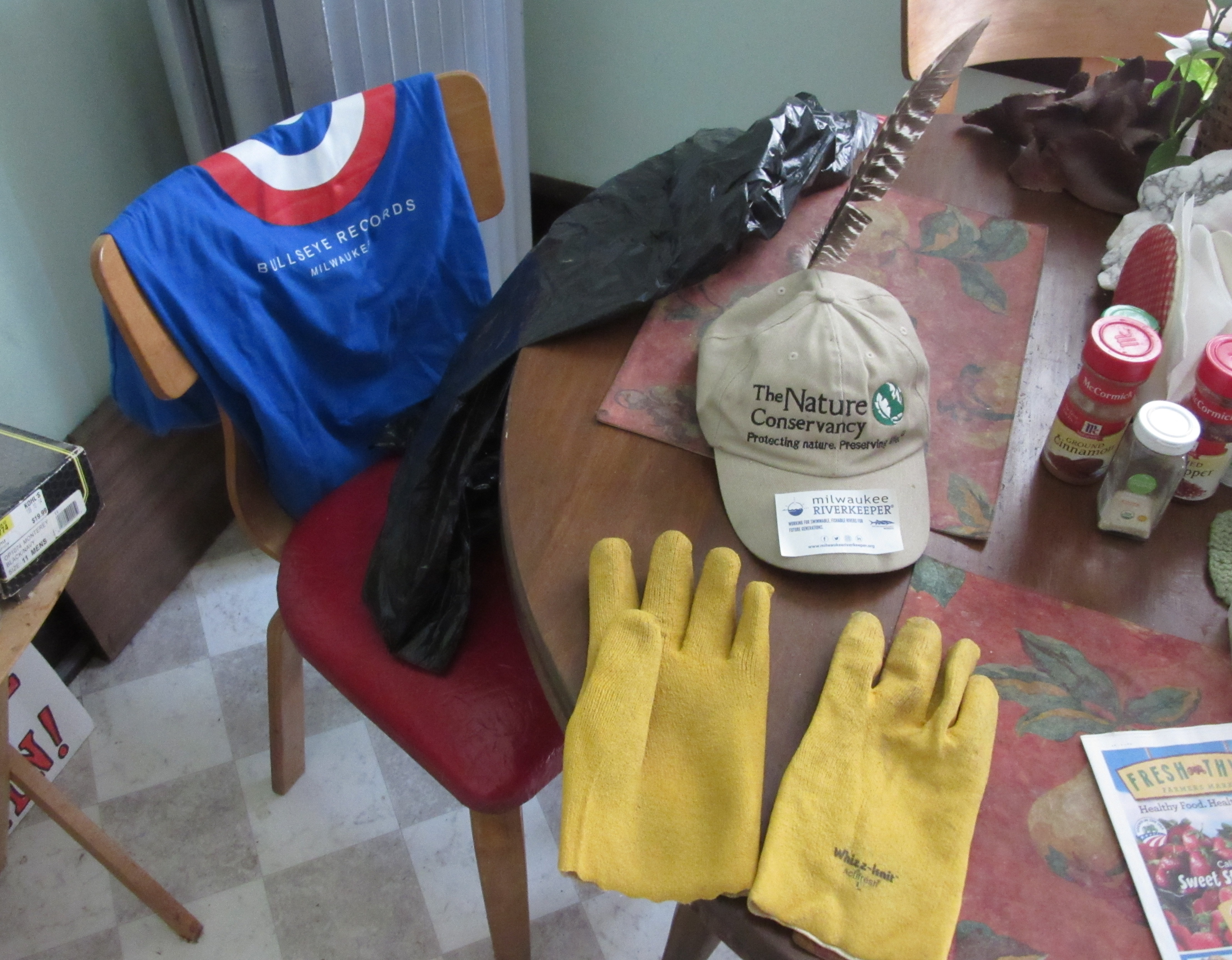
The high-tech tools of the milwaukeeriverkeeper.org. Earth Day clean-up: Garden gloves, big plastic garbage bag, Starbuck’s coffee (not shown). I was a bit late to the clean-up start to get a Riverkeeper participant’s T-Shirt, so I just wore the Bullseye Records T-shirt I had on, as per the concurrent Record Store Day. I added a hawk feather to my cap when I found the good luck charm amid the bluff below Kern Park. Photo by Kevin Lynch
The last bit of litter I found was a Life Style brand condom wrapper, 30 feet away from the children’s playground. Actually, it seemed a curious counterpart to the hawk feather I’d found, both endemic to elemental activities of nature, flying and f–king. The feather helps keep the bird safely aloft, the condom keeps a man safely contraceptive, at least most of the time).
As I write, The White Album plays: “Take these broken wings and learn to fly/ all your life. You were only waiting for this moment to arise.”
And I made it home in plenty of time to have Ann pick me up for our trip to Tom Bamberger’s photography retrospective, which I hope to address in another posting soon. But if you miss that, it’s a rather astounding show, running now through May 21 at The Museum of Wisconsin Art in West Bend. Visit the website at http://wisconsinart.org/.
____________
- I was fortunate to hear Stan Getz live several times, and to meet him twice. The first time, I drove down in Chicago to interview him in person for preview article for The Milwaukee Journal. He would soon head for Milwaukee for a gig at the Milwaukee Jazz Gallery. I met him in his hotel room right on Chicago’s magnificence downtown shoreline and he did a fine, gracious interview in his sun-drenched room. The second occasion, in its own way, was more memorable. Getz was 57 by then and beginning to really age. I was reviewing him in a concert he did at the Performing Arts Center (now the Marcus Center for the Arts). After the concert, I went to the small reception room where people meet artists after concerts. I wanted to get a bit of information about a few tune entitled for my review. But Stan was tired and wanted to get to his hotel room as soon as possible. So he invited me along as he walked to the Hyatt Hotel. In fact, he was so beat he asked me to carry his saxophone, in its case.
I was stunned by this request. So, there I found myself, carrying Stan Getz’s saxophone and asking him questions he probably didn’t want to bother with, but again was gracious enough to accommodate. I was so struck by the experience that I wrote this poem about it.
(Warning: I’ve posted “Bossa Not So Nova” before, but it’s one of my best-received poems so indulge me, if you need to):
Bossa Not So Nova
Fattening and 57, Stan Getz
sweats out a melody, red-faced
“Hey thanks for the article. Can you carry my horn?” he croaks.
The sax sings light blue
Small, and tan, and young and handsome, a boy comes walking for an autograph.
Stan stops, signs, walks and goes ”Ahhhh, I’m bee-at. Just go slo-ow.
Hey can you find a doctor?”
They all sleep or smoke butts in cold ward halls.
Stan Getz wonders where Mader’s is.
His round belly rumbles.
The sax sings effortlessly,
“Tall and tan, and young and handsome,”
the boy from Ipa-nema is wheezin’
looking for a doctor or sauerbraten
while a woman somewhere dreams…
to the scratched record,
the sax singing effortlessly.
— Kevin Lynch (copyright 2012)



 Alderwoman Milele Coggs (L) and Maures Development Group’s Melissa Goins proudly announced the historic redevelopment project in May 2016.
Alderwoman Milele Coggs (L) and Maures Development Group’s Melissa Goins proudly announced the historic redevelopment project in May 2016.
